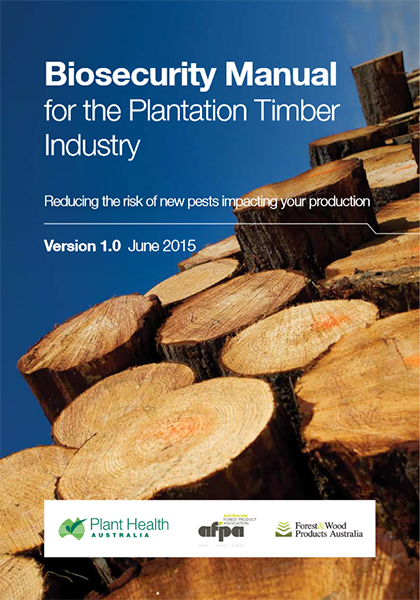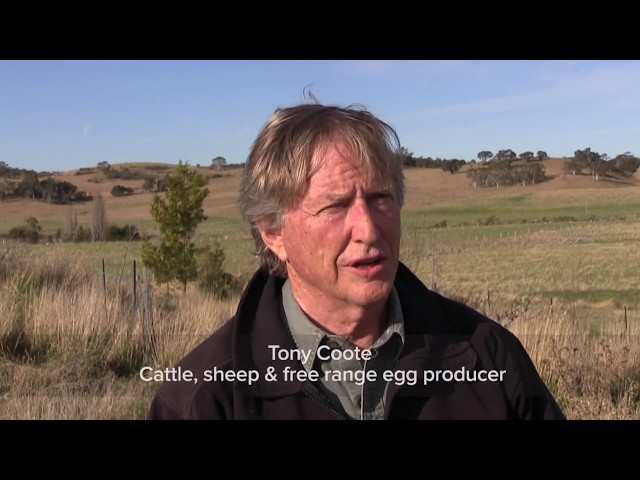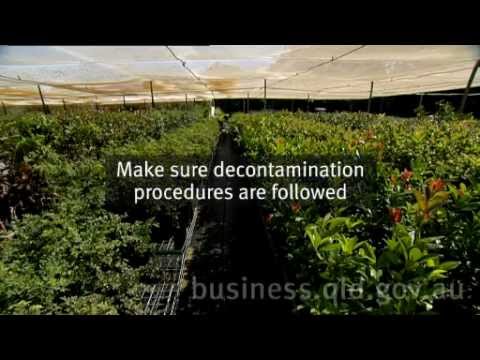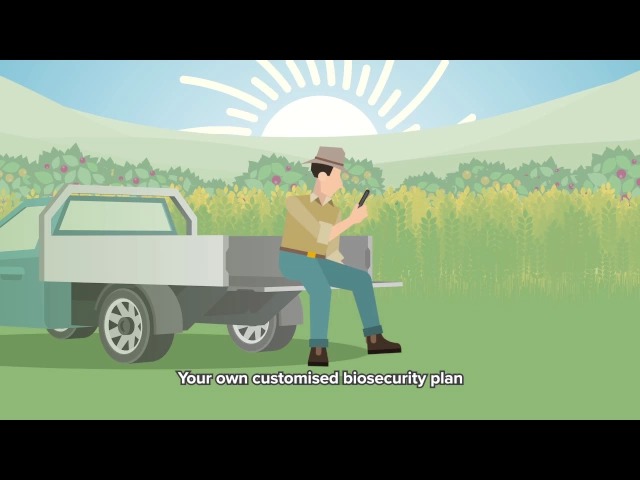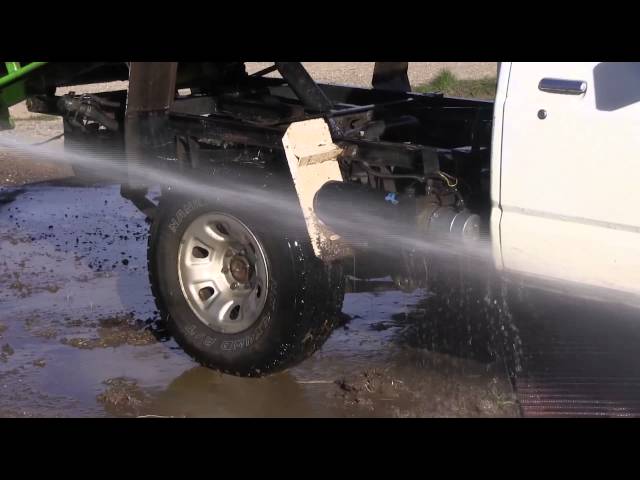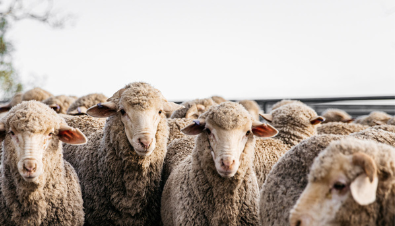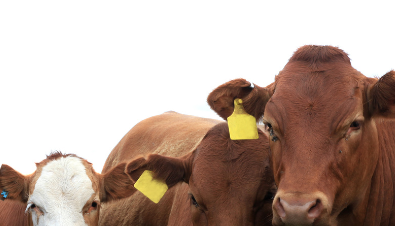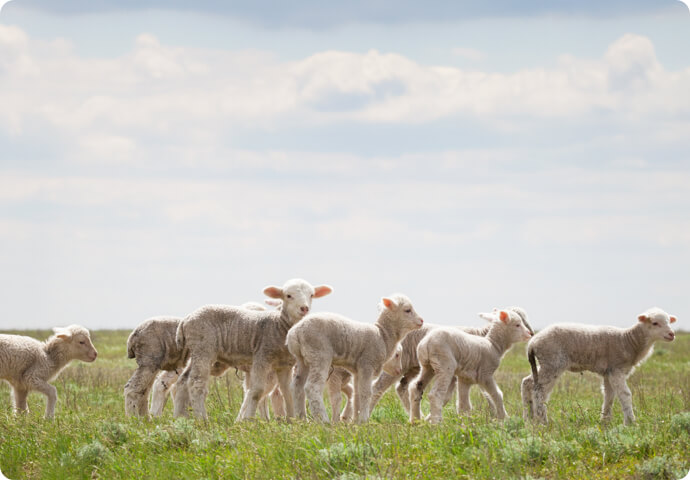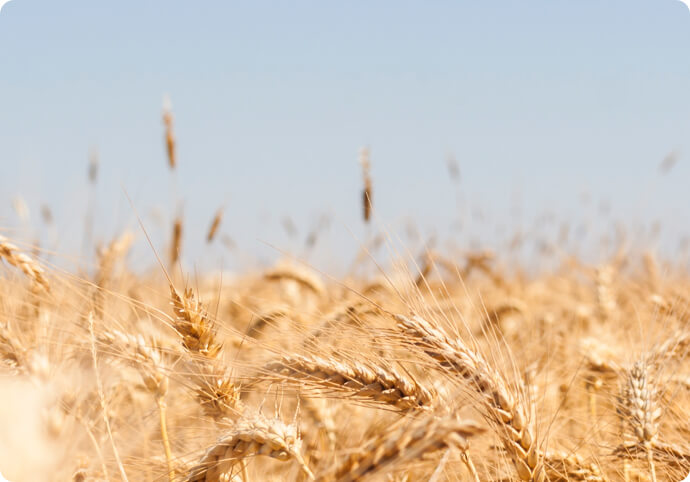You have an important role to play in protecting your property and the entire forestry industry from biosecurity threats.
The Biosecurity Manual for Plantation Timber Industry outlines the recommended on farm biosecurity practices that aim to reduce the risks from pests. Other resources for foresters are listed below. The forestry industry section also includes information about specific pests, management practices and a hypothetical incursion by pine bark beetle.
Farm biosecurity
Pests and diseases can severely affect your plantation. It makes good business sense to take measures to improve biosecurity. Here are some simple practices that can reduce the possibility of pests or diseases entering and establishing in your plantation. Each practice should be embedded in everyday management activities.
1. Monitor plantations for pests and diseases
Check plantations regularly for pests and diseases. Record the results of monitoring, even if you don’t find anything. Become familiar with the endemic pests and diseases in your area and be vigilant for anything unusual. Be aware of the symptoms that could indicate the presence of exotic pests and diseases on your trees (factsheets are provided in the back of this manual). Keep written and photographic records of all unusual observations. Constant vigilance is vital for early detection of any exotic plant pest or disease.
2. Be aware
Any time you visit a plantation is an opportunity to monitor for pests or diseases. Whenever you are working in a plantation keep an eye out for anything unusual, signs of new pests, diseases or poorly performing trees.
3. Report anything unusual
If you suspect a new pest or disease may be present, report it immediately to the Exotic Plant Pest Hotline. Early detection provides the best chance of eradication.
4. Use pest-free propagation material
Ensure planting material is purchased from reputable sources, and is free of pests and diseases. Request and maintain records that state the source and testing history of planting material to allow the origin of pests or diseases to be traced.
5. Biosecurity signs and people movement
People can inadvertently carry pests and diseases. The use of biosecurity signs can help to inform visitors and contractors of any biosecurity measures that are in place in the plantation.
6. Reduce risks posed by vehicles and equipment
Moving machinery between plantations can spread pests and diseases. Ensure that staff and contractors comply with your biosecurity requirements.
7. Abide by the law
Be aware of and support laws and regulations established to protect the plantation timber industry. If you see anything unusual, call the Exotic Plant Pest Hotline.
More information
To ensure your plantation has the best protection against the introduction and spread of new pests, identify the strengths and weaknesses of your activities by completing a biosecurity checklist.
Once identified, a few simple, non-costly and practical procedures can be implemented to strengthen areas of greatest risk to your plantation.
While changing everyday practices can take more effort in the short term, these will become second nature with time and are easier and cheaper than dealing with the introduction of a new pest.

